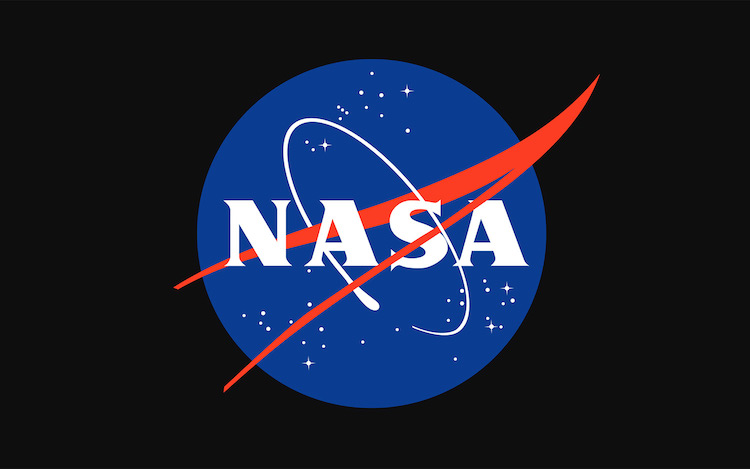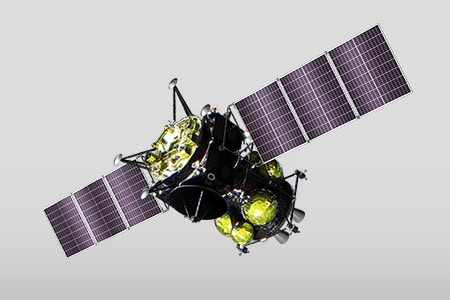- Home
- The Arizona News
- NASA Selects NAU Researcher For International Mission To Martian Moons

NASA Selects NAU Researcher For International Mission To Martian Moons
A planetary scientist at NAU is part of a Japanese Aerospace Exploration Agency (JAXA) mission to travel to Mars and survey the planet’s two moons, including collecting a sample from one and returning it to Earth.
Christopher Edwards, an associate professor in the Department of Astronomy and Planetary Science, received a six-year, $650,000 grant for the Martian Moons eXploration (MMX) mission awarded by NASA. This goal is to send an uncrewed spacecraft to Mars’ two moons, Phobos and Deimos, to gather information about them. It also will collect surface material from Phobos, a first-of-its-kind attempt.
Edwards, who has done significant research on Mars, including working with the Mars Curiosity rover, will apply a thermophysical model to MMX spectra in order to map the variations in spectral properties and surface roughness across Phobos and Deimos, including working with Phobos lander operations.

Artist’s rendering of the MMX spacecraft. Both photos courtesy of JAXA.
Why Mars’ moons?
Understanding the surface physical properties and linkages to compositional variability has significant potential to help unravel the geologic history and origin of Phobos and Deimos and their relationship to other objects in the solar system. The images that MMX sends back to Earth, in conjunction with existing datasets, will help researchers link key physical properties, like rock abundance, surface roughness and the bulk thermal inertia of the surface to the spectra returned by MIRS.
Edwards’ work will use instruments onboard the platform that lands on Phobos to help characterize the surface physical properties at local sites on the moon. His group will use models of the surface originally developed for the Moon that are now being used on the asteroid Bennu as part of NASA’s OSIRIS Rex mission; these models account for the physical properties (including the grain size of surface sand and micro-scale roughness) to correct the 3µm region of the MIRS instrument.
“It’s important to properly address this location of the spectrum because this is where the emission of the surface and the reflected sunlight cross over, making it really hard to tell if there is a spectral feature there and what its shape is,” Edwards said. “The 3µm feature is related to water in the solar system, so when we’ve applied this to the MMX data, we’ll be able to tell if the surface of Phobos and Deimos have water or hydroxide as we’ve seen on other unexpected bodies like the Moon.”
His group aims to accomplish four tasks in this work:
- Help determine if water or hydroxide exist on the surface of Phobos and Deimos
- Use the landed assets to help determine the thermal inertia (physical properties of the surface like grain size) and link this to existing observations
- Compare these results determined globally to new datasets acquired by MMX
- Help conduct MMX operations and determine safe landing sites for the lander
